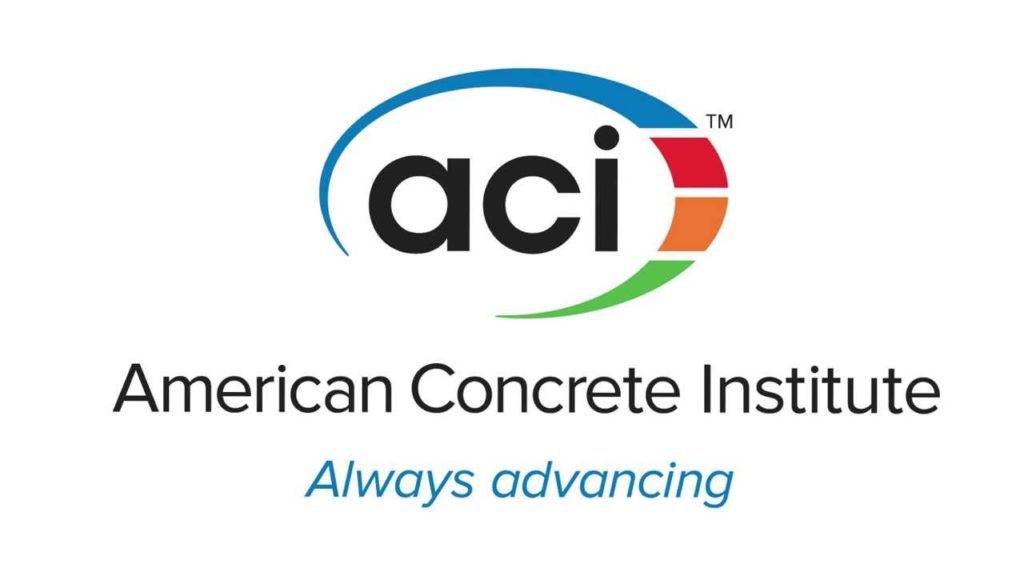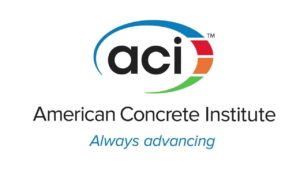If you are looking to become an engineer in Canada or the United States, you must hold and maintain a license from an engineering regulator. Depending on the location, once your degree is obtained you must also work under a professional engineer for a number of years, and complete additional exams before you earn your license.
Continuing Education for Project Engineers
To retain this license, project engineers must continually maintain and improve their skills throughout their careers. According to the National Society of Professional Engineers (NSPE), “By combining their specialized skills with their high standards for ethics and quality assurance, project engineers help make us healthier, keep us safer and allow all of us to live better lives than ever before.”
This includes continuing education requirements, depending on the state in which they are licensed.
To view education requirements by state, check out this link: https://pdhacademy.com/state-requirements/pe-state-requirements/
Concrete Strength Testing and the Maturity Method
If you are a project engineer who is working with concrete structures, you may be interested in learning more about different methods of monitoring concrete strength. While cylinders have become the norm when it comes to concrete testing, maturity has been increasing in popularity.
Interested in learning more? Take a look at this course by Giatec co-founder, Dr. Aali R. Alizadeh, on the American Concrete Institute (ACI) website.
Real-Time Concrete Strength Monitoring Based on the Maturity Method
Course Type: Webinar and 10-question quiz
Instructions: View the recorded webinar. Complete 10-question quiz with a score of 80% or higher to receive a certificate for 0.1 CEU (equivalent to 1.0 PDH).
Approved by AIA and ICC
Credits: Continuing Education Credit: 0.1 CEU (1 PDH)
Course Description:
The strength monitoring of concrete in the job site is a critical step in the optimization of important operations such as formwork removal, opening traffic on the concrete pavement, post-tensioning, concrete curing, and application of load of concrete elements during construction. In most projects, field-cured cylindrical specimens are cast on the job site and are tested in laboratory at various times to monitor strength. Among various NDT methods for in situ measurement of strength, concrete maturity method has been adopted by many standards and building codes worldwide. As per specifications in the ASTM C1074 standard, this method requires continuous monitoring of concrete temperature after pouring, and subsequently strength estimation using a pre-developed calibration curve. A successful implementation of this test method in construction projects can significantly improve the speed and efficiency in order to avoid delays in project completion time.
In this webinar, the basic concept of concrete maturity will be presented. Various methods of testing concrete maturity including the Nurse-Saul, Arrhenius, and Weighted Maturity will be reviewed. Different testing apparatus, sensors, and tools used for concrete maturity testing will be demonstrated. Application challenges, limitations, and important practical considerations will be discussed. Various examples, applications, and case studies will be presented.
Learning objectives:
1. Calibrate the maturity-strength relationship of a concrete mixture in the laboratory.
2. Test, measure, and calculate the concrete maturity value in the field.
3. Estimate real-time concrete strength non-destructively in situ for critical structural operations.
4. Predict concrete strength on the job site for optimized project planning and scheduling.
Take the course here
About SmartRock®: A Concrete Maturity Sensor
 SmartRock® is an award-winning wireless sensor that is placed within the concrete formwork, secured on the rebar, before pouring. Temperature data is collected by the sensor and uploaded to any smart device within an app using a wireless connection. This information is then used to calculate the compressive strength of the in-situ concrete element based on the maturity equation that is set up in the app. This strength data is considered to be very accurate and reliable as the sensors are subject to the same curing conditions as the in-situ concrete slab.
SmartRock® is an award-winning wireless sensor that is placed within the concrete formwork, secured on the rebar, before pouring. Temperature data is collected by the sensor and uploaded to any smart device within an app using a wireless connection. This information is then used to calculate the compressive strength of the in-situ concrete element based on the maturity equation that is set up in the app. This strength data is considered to be very accurate and reliable as the sensors are subject to the same curing conditions as the in-situ concrete slab.
When you use SmartRock on your jobsite, you get temperature and strength data uploaded on your mobile device every 15 minutes. This is done using a wireless signal, meaning you have to be onsite to collect this information. Equipped with real-time results, contractors can improve the heating process, decrease energy costs, and save time in their project schedule by knowing when to move on to subsequent construction operations, such as; formwork removal or post-tensioning. With the Giatec 360 desktop dashboard you can also check temperature gradients of your in-situ concrete so you can ensure that the core and surface of your slabs are consistently curing. SmartRock data is also analyzed with an artificial intelligence program, Roxi™, which provides insights into the performance of concrete overtime. The program can help predict, for example, the strength of concrete after 18 hours.
About Author Aali R. Alizadeh
Dr. Alizadeh has over 15 years of experience in the development and commercialization of technologies related to concrete materials. He brings unique expertise on the durability of concrete at the nano-level, particularly when it relates to infrastructure exposed to harsh environmental conditions. In 2010, this work awarded him the Governor General’s Academic Gold Medal, the most prestigious award that students enrolled in Canadian schools can receive. More recently, Dr. Alizadeh has been honored with the National Capital Region’s Forty Under 40 award, which recognizes accomplished business leaders who are under the age of 40 and give back to their community.
Prior to co-founding Giatec in 2010, Dr. Alizadeh co-established Construction Materials Institute at the University of Tehran, which is now operating with about 30 employees. The institute strives to provide knowledge-based services and efficient technologies to the construction industry as well as to equip engineers of the future with superior skills and expertise in concrete durability, performance, and various technologies.
Dr. Alizadeh is a member of many committees including; Canadian Standards Association (CSA Group), American Concrete Institute (ACI) (Committee member 236 (Materials Science of Concrete) and 241 (Nanotechnology of Concrete), and American Society for Testing and Materials (ASTM) Committee member C01 and C09.
Sources
NSPE





